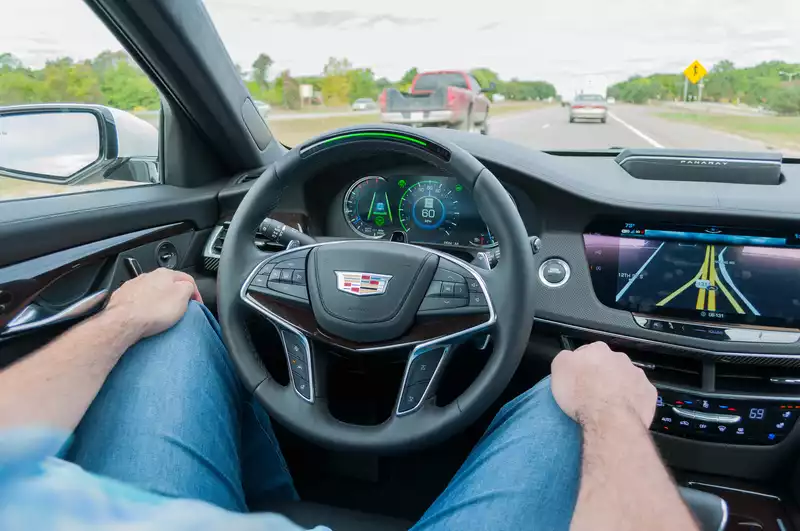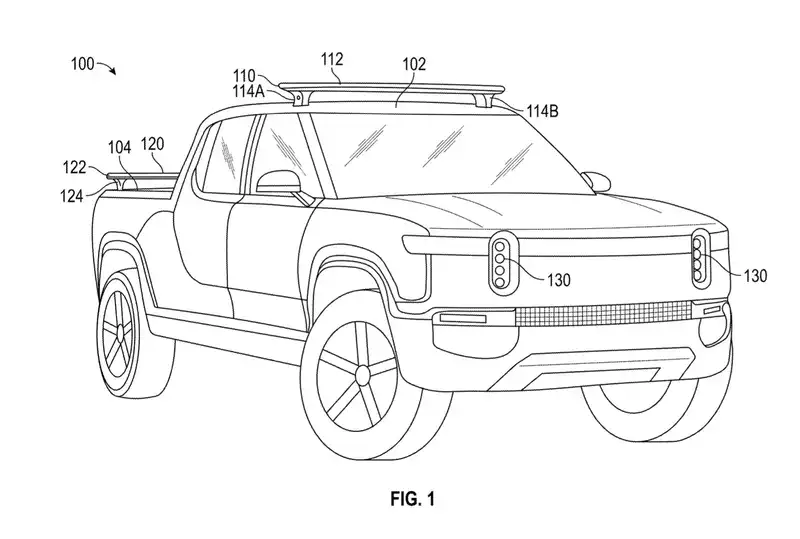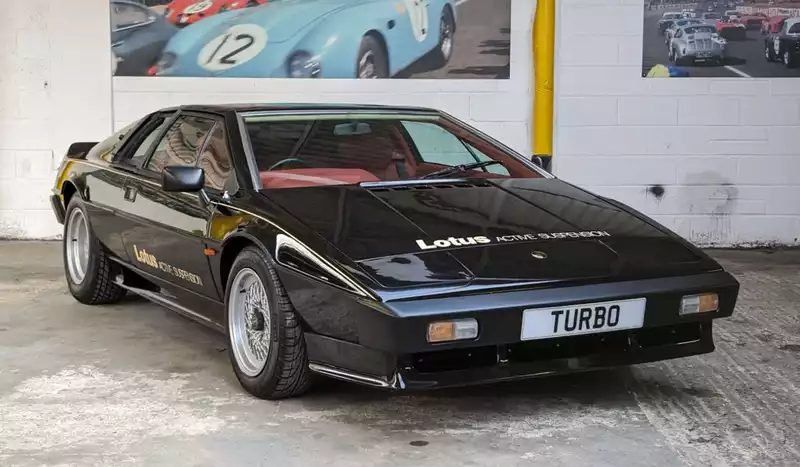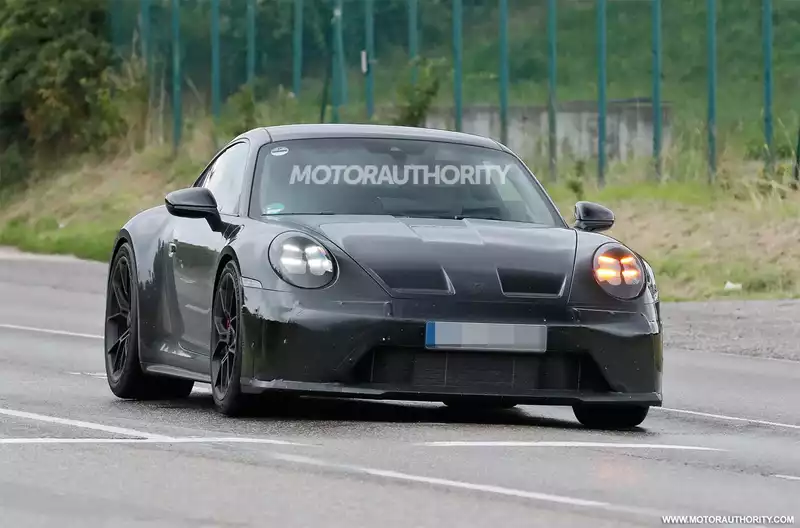Dodge Challenger and Charger Color Description
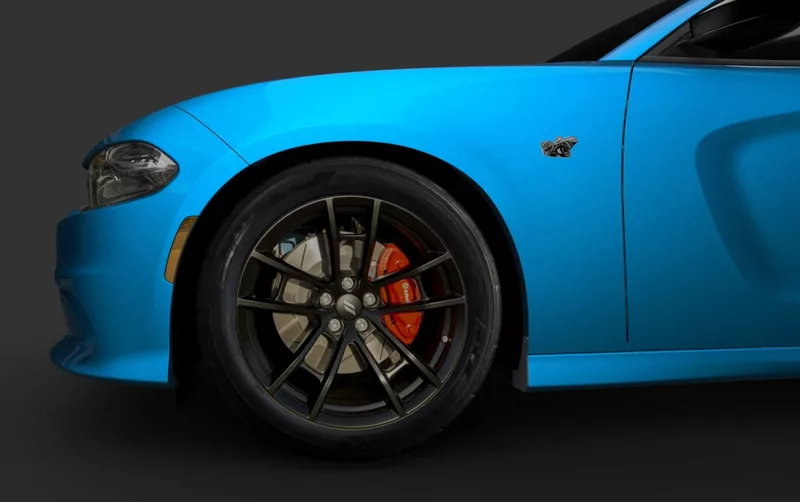
If you're a fan of the modern Dodge Charger or Challenger, you'll probably like that Dodge dug up a bin of its history and offered a select number of colors from the past: plum crazy, go mango, hemi-orange, sub-lime, green go, B5 Blue, and F8 Green. Most of these are tiny names that would be laughed at or snickered at, but the latter two seem awkward.
It all has to do with Chrysler's color-coding methodology, which began in 1969; prior to the 1969 model year, Chrysler used broadcast sheets (aka "build sheets") and fender tags (aka "data plates") to indicate the build of the car's assembly line had a specific methodology; after 1969, Chrysler began using a different three-letter code system, mostly alphabetical and numeric.
For example, a V code indicates a series of stripes and/or trim, usually including a color: V6W is a white (W) vertical decal (6), like the "C-stripe" stripe on a 1970 Dodge Super Bee; V7X is a black (X) painted vertical stripe ( V8B is a blue (B) Bumble Bee decal (8) for a 1970 Dodge Super Bee; V9F is a yellow (Y) painted Bumble Bee decal (9) for a 1970 Dodge Challenger R/T Bumble Bee stripes (9).
Note that they are grouped by position (vertical or horizontal) and material (decal or paint). Also, with respect to color, we see that X is black, W is white, B is blue, and Y is yellow (or gold). Other color codes include A for silver, F for green, K for orange, E for red, J for bright green, T for tan, L for beige, and Q for turquoise.
Now that we understand color codes, what about the numbers B5 and F8? These refer to the lightness or darkness of a particular color, with 9 being darker and 1 being lighter. Knowing what we know now, we can guess that B5 is medium blue and F8 is dark green; in 1970 there was also a lighter B3, a darker B7, and a lighter F4.
Ready to complicate things a bit? For the 1970 model year, for example, Chrysler added another letter before the color code. What had previously been B5 or F8 was now called EB5 or EF8. What does the E stand for? It was the year the color was introduced: E stood for 1969, F for 1970, and G for 1971. It should be noted that the B5 formula was adjusted slightly in 1971, and since that time medium blue has been coded GB5 and KB5 in 1974; older colors such as L1 (beige) became BL1, with B indicating 1966 as the year of origin, Y3 (cream) was 1968 became DY3, signifying its debut.
Finally, what was so special about the B5 and F8 that Dodge distinguished them by code rather than name? were also quite popular. Classic Mopar collectors often refer to certain colors by code, and Dodge's marketing department has brought that cultural point to life in the modern era. Neither color has aged a bit and suits the late-model Mopar well, but now you know where the strange color names came from.
This article, written by Diego Rosenberg, originally appeared on ClassicCars.com, Motor Authority's editorial partner.
